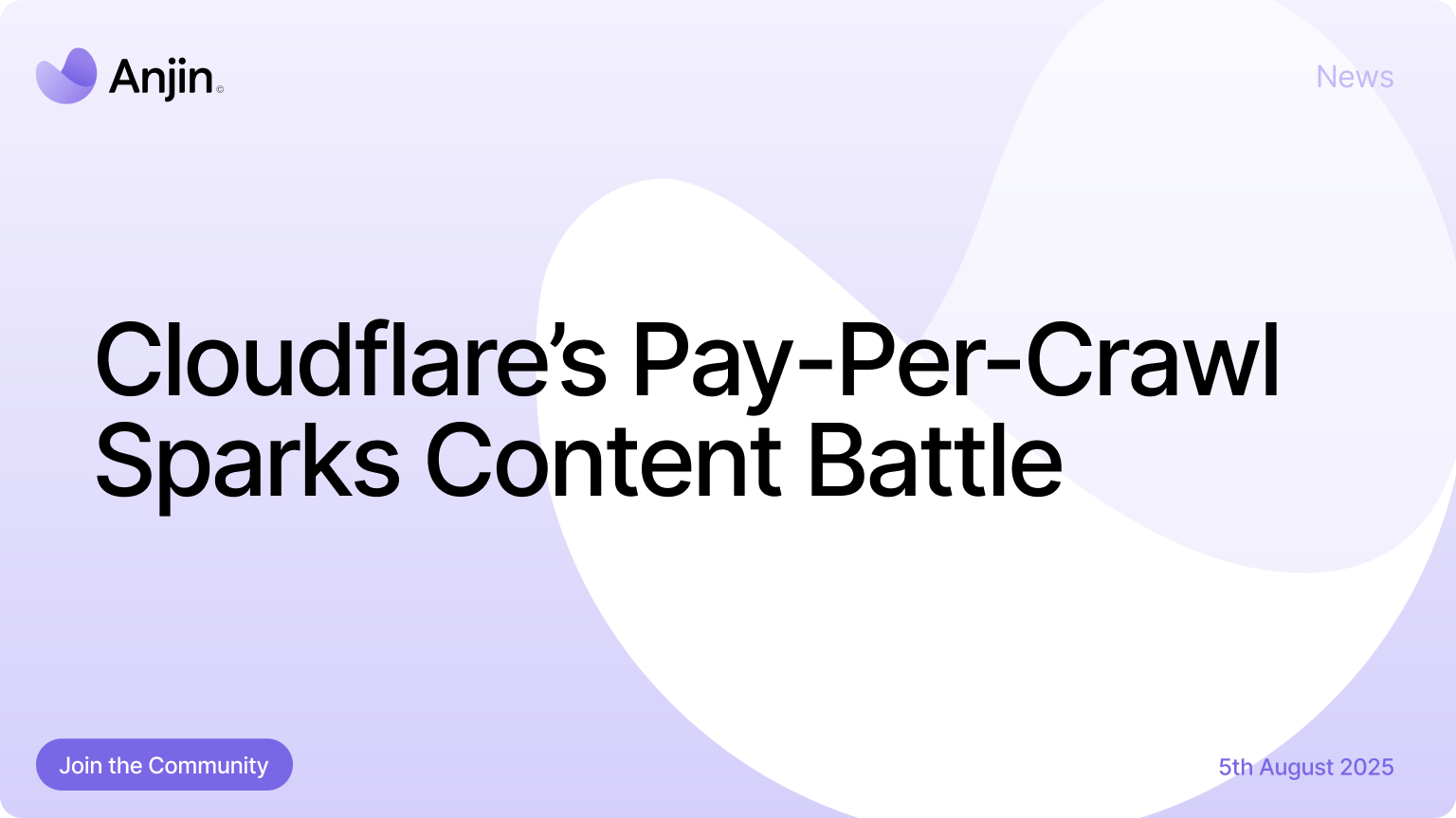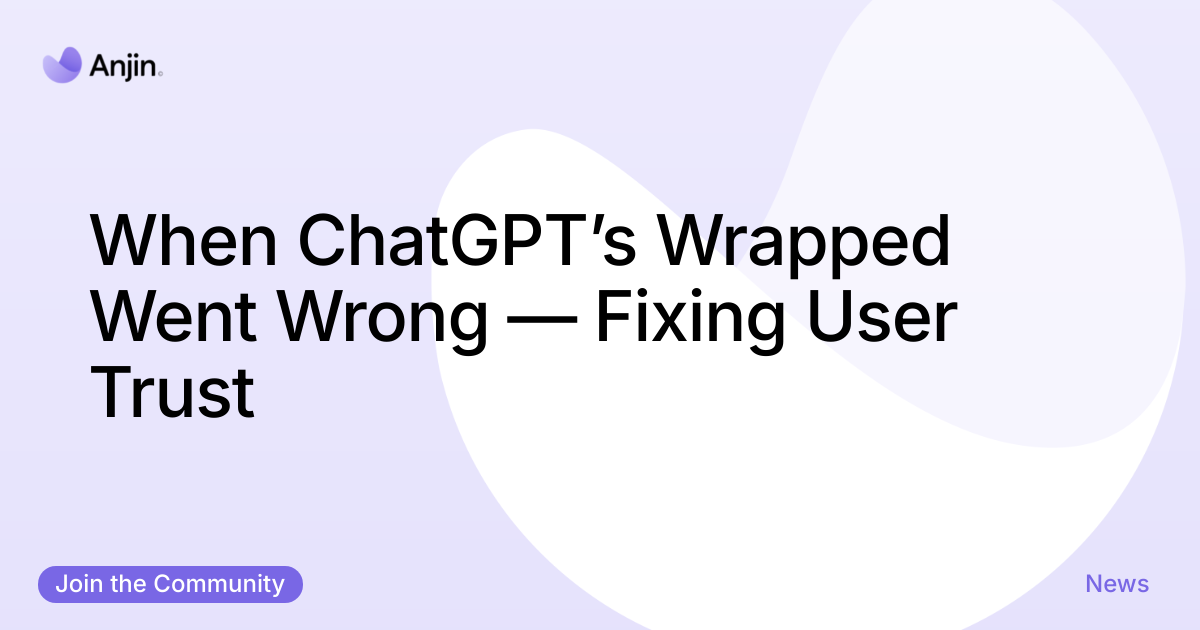Cloudflare’s Pay-Per-Crawl: A Deep Dive into the Controversy
Cloudflare, a key player in the web infrastructure space, recently introduced its Pay-Per-Crawl model, aiming to monetise web scraping activities. The move has sparked a heated debate, with critics arguing it may not effectively deter rogue scrapers. An op-ed in TechRadar suggests that the flat-rate CPMs undercut the value of premium content, potentially driving AI firms to seek free-crawl domains. The introduction of this model raises questions about its efficacy and the broader implications for the digital ecosystem.
Experts worry that the pay-per-crawl system might inadvertently fuel copyright battles. As AI companies look for cost-effective ways to gather data, they might shift towards domains that don't charge for crawling, thereby reigniting long-standing disputes over content ownership. The Guardian reports that this could lead to a new wave of legal challenges, as publishers and tech companies clash over access rights.
Publishers now face a dilemma: should they charge, block, or allow AI crawlers like Gemini and GPTBot? Each option has its own set of advantages and drawbacks, and the decision could significantly impact their revenue streams and audience engagement. As the industry grapples with these questions, it's clear that the stakes are high, and the outcome could reshape the future of online content accessibility.
Unleashing Hidden Potential in the Pay-Per-Crawl Model
While much of the discourse around Cloudflare's Pay-Per-Crawl model has been negative, there are overlooked opportunities that could benefit both publishers and tech firms. Data from Statista indicates that global digital content consumption is set to grow by 10% annually, suggesting a robust market for those who can adapt to new models.
For publishers, this model offers a chance to monetise content in innovative ways. By selectively charging for crawls, they can create tiered access levels, offering premium content at a premium price. This not only safeguards their intellectual property but also opens up new revenue streams.
Tech firms, on the other hand, can use this opportunity to refine their data collection strategies. By focusing on high-value data sources, they can enhance the quality of their AI models, providing more accurate and reliable insights to their clients. This strategic shift could give them a competitive edge in an increasingly data-driven market.
Strategic Playbook: Navigating the Pay-Per-Crawl Waters
- Evaluate Content Value: Conduct a thorough audit of your digital assets to determine which content justifies charging a crawl fee.
- Implement Tiered Pricing: Develop a pricing structure that reflects the value and demand for different content types, encouraging fair use.
- Engage with Stakeholders: Open dialogues with tech firms to establish mutually beneficial agreements that respect content value and accessibility.
- Monitor Market Trends: Stay informed about industry shifts and competitor strategies to adapt your approach as needed.
- Leverage AI Tools: Use AI-driven analytics to track crawl activity and optimise your pricing model for maximum revenue.
How Anjin’s AI Agents Can Navigate the Pay-Per-Crawl Challenge
Anjin offers a suite of AI tools that can help publishers and tech firms adapt to the Pay-Per-Crawl model. The Competitor Tracker is particularly valuable, allowing businesses to monitor how rivals are managing crawl fees and content access.
Additionally, Anjin's Backlink Builder can enhance your content's visibility, ensuring that it reaches the right audience even in a pay-per-crawl environment. These tools provide actionable insights that empower businesses to make informed decisions and stay ahead of the curve.
Take Action: Prepare for the Future of Digital Content
As the digital landscape evolves, it's crucial to stay proactive. Start by assessing your current content strategy and explore how the Pay-Per-Crawl model could impact your business. Consider partnering with AI solution providers like Anjin to maximise your potential in this new era.
Don't wait for the industry to change around you. Take control of your digital destiny today by evaluating your options, implementing strategic changes, and leveraging cutting-edge tools to secure your place in the future of online content.





